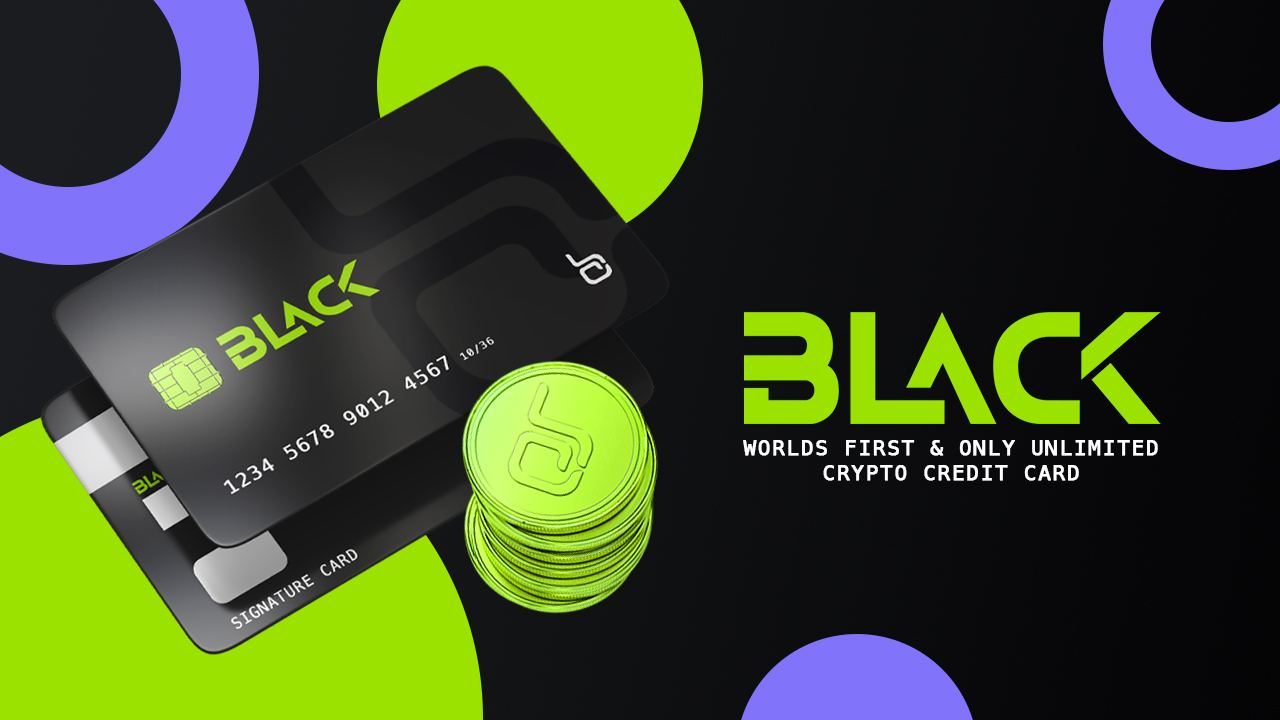Bitcoin Taproot locked to improve privacy and introduce smart contracts
On June 12, the Bitcoin (BTC) mining pool Slush Pool mined block 687.285 with a transaction that contained the Taproot upgrade trigger signal. That particular block was the 1,816. Block that contained the taproot activation signal from BTC miners during the troubled era from May 30th to June 13th.
With 2,016 generated blocks in each difficulty level, the 90% signal threshold required to block the upgrade was reached by overcoming 1,816 blocks with the taproot trigger signal. The event means that Taproot, Bitcoin’s first protocol upgrade in more than 4 years, has a planned activation phase in mid-November.
In addition to the end of an approximately six-week signaling period in three consecutive troubled epochs, block 687.285 also brings a new milestone for the Bitcoin upgrade, which has been in development since 2018. At the end of the year, the focus should now be on building wallets and other ecosystem applications, who can use Taproot’s improved scripting capabilities
What is taproot?
Before diving into what Taproot is and how it works, it’s probably important to present at least one high-level explanation of how Bitcoin transactions work. When sending BTC from one wallet to another, the sender’s public address uses the private key to generate a unique cryptographic signature.
This cryptographic signature contains the necessary authorizations that serve as proof for each node that validates the transaction that the sender actually owns the amount sent and thus fulfills the output condition. It is possible to create different output conditions for unused transaction outputs (UTXO).
When issuing UTXOs, it is necessary to disclose all data about the issuing conditions – both the conditions met and the conditions that may be met – a feature that has a meaningful use of data and implications for data protection. Taproot is an upgrade that aims to solve this problem by hiding the issue conditions, except for those that are in the branch of the script that the trading parties have agreed to.
Speaking to Cointelegraph, Riccardo Casatta, Bitcoin developer and one-time Square crypto grant recipient, outlined the basic premise behind Taproot and said, “The Taproot upgrade includes a number of innovations, the most important innovation that improves privacy in the long run privacy. “According to Casatta:
“One misconception we have today is that the use of Bitcoin is mostly private, while in reality, transaction activity leaves a lot of traces on the blockchain. Bitcoins, for example, are sent to different addresses – for example starting with “1,” “3” or “bc1”, depending on the version and the smart contract behind it. This is a problem as it reveals information about what users are spending. “
With Taproot it is possible to combine the public keys of all entities involved in one transaction into a single key. By generating a new expense called Pay to Taproot (P2TR), it is possible to have locked-amount issue conditions for a public key instead of a private key or a script hash that requires a full calculation of all issue conditions contained in UTXO.
The combination of several signatures into a single composite signature is based on Schnorr signatures. Taking advantage of the linear nature of Schnorr signatures, Taproot proponents say that it is possible not to distinguish multiple (multisig) signatures from their individual signature copies, or as Casatta puts it:
“With taproot, different spending conditions can often be the same, and that’s great because it reveals less information about the user and also improves efficiency.”
Almost unanimous support among the miners
As previously reported by Cointelegraph, Bitcoin’s taproot upgrade reached a critical 90% consensus among mining nodes on June 12th.
Slush Pool started the process back in May and reduced the first block of transactions with the taproot trigger signal. It is probably fitting that the fifth largest Bitcoin mining pool according to hash rate distribution is also specified by the miner who is responsible for actually blocking the upgrade.
Despite the fact that the start of the signaling phase slowed with the May Day celebration in China, the consensus among miners to support rearmament began to grow to considerable proportions during this era. This almost unanimous support solidifies the miners’ commitment even before the planned upgrade is integrated into Bitcoin Core by the end of 2020.
Connected: Koreans are flocking to crypto due to a tight regulatory approach
The initial delay in reaching the required 90% consensus in the first month of the process could be due to some miners having to tweak certain firmware requirements to implement the signaling. The signal rate of the miner, which even increased to around 70% within the first three days, fluctuated between 40 and 70% during the first difficulty epoch.
AntPool and F2Pool – ranked first and second in the hash rate distribution – were early advocates of activation, as was Foundry USA. By May 17, all of the major mining pools signaled Taproot, including Binance with its first block of transactions. BTC.Top arrived late as the mining team reportedly had to run tests with the required protocols to start signaling Taproot.
Data protection, scalability and smart contracts
Some Bitcoin developers agree that Taproot will provide a significant improvement in Bitcoin’s privacy. In an interview with Cointelegraph in early June, Pieter Wuille, Bitcoin developer at Chaincode and one of the earliest proponents of the Taproot upgrade, commented:
“It [Taproot] Extend Bitcoin’s scripting capabilities to make some things cheaper (especially more complex applications like multisig and layer two things) and a little more private by generally hiding the spending rules, what exactly ”.
In addition to masking certain spending conditions and making transactions indistinguishable, Taproot also significantly reduces the block space occupied by transaction data. While this feature reduces transaction throughput by compressing the data size associated with multisig transactions, it is hardly a panacea for Bitcoin’s scalability problems.
However, it opens the door to smart contracts on the Bitcoin blockchain, as the upgrade has reduced the space required for multi-volume transactions in a block. Smart contract transactions are essentially the interaction between multiple addresses and users.
Connected: Altcoins follow the Bitcoin price lead as uncertainty covers the crypto markets
With Taproot, these intelligent contract processes are no different from a simple BTC transfer from wallet to wallet. Casatta explained to Cointelegraph some of the smart contract use cases that could occur after Taproot was activated in late 2021:
“In the medium / long term, I see an increase in the use of Bitcoin Smart Contracts, which enable use cases such as inheritance and authorization in corporate spending. And the best part is that if we had looked at the blockchain, we wouldn’t have known about it. “
Many Bitcoin developers agree that after activation in November, network participants will need to create useful applications based on the upgrade. The upgrade will activate itself according to the terms of the Bitcoin Improvement Protocol 341 (BIP-341) at block height 709,632.
Taproot will be a soft fork upgrade, which means that the network participants do not have to accept the change. However, with the fee benefits offered by the upgrade, service providers have the option to upgrade their software to implement Taproot.
.
.



















